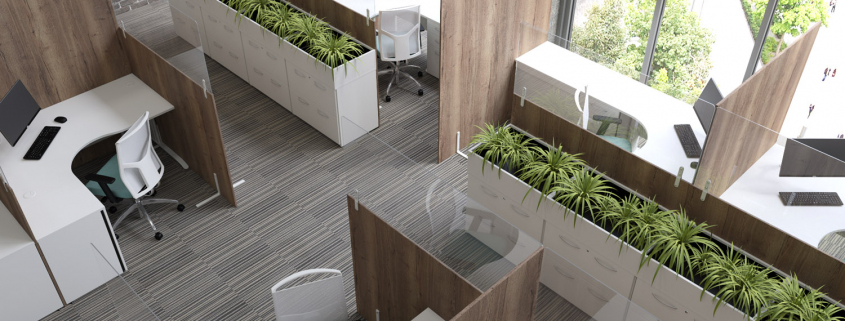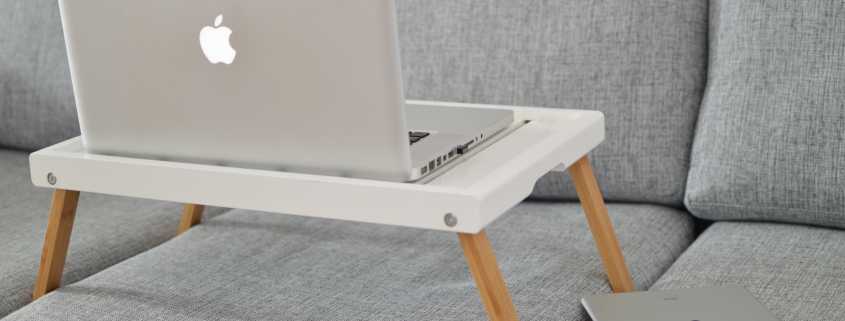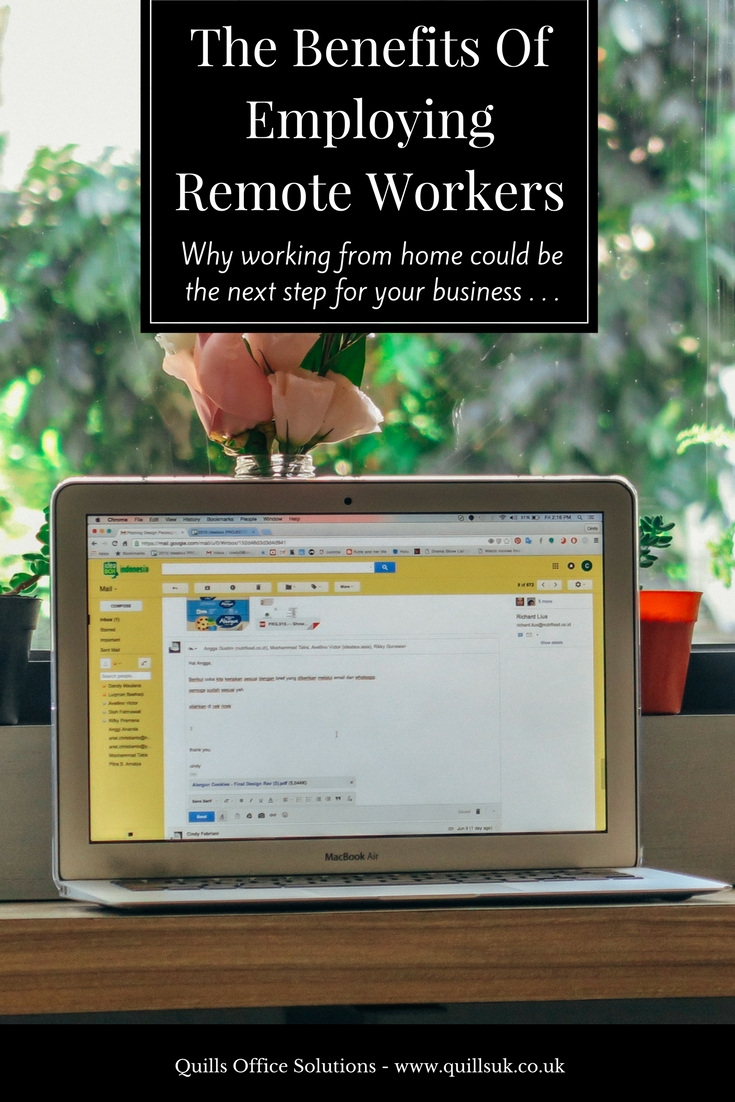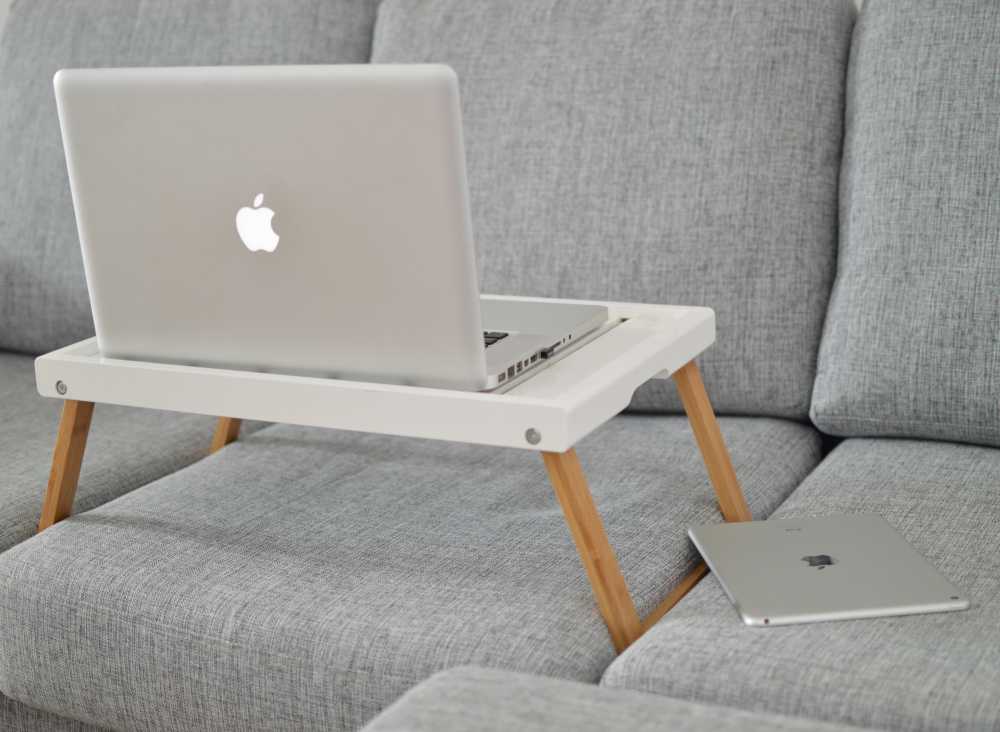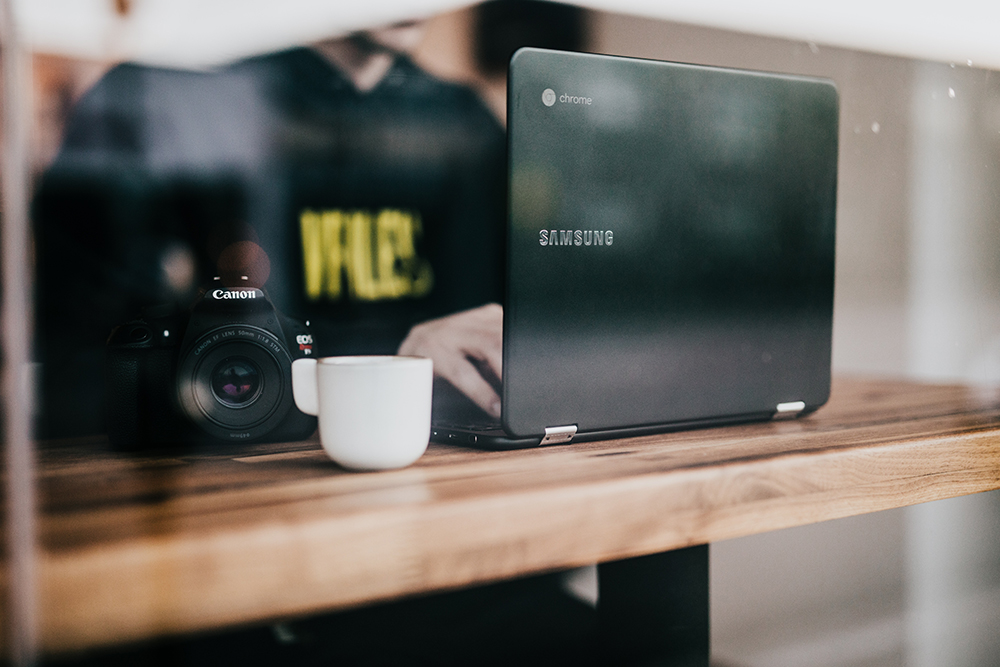Why Sneeze Guards/Protective Screens are an ideal addition to the post-pandemic office
UK employees are beginning to phase back into the workplace and are preparing for the ‘new’ way of working. Although Boris Johnson recently announced that as of the 4th July, social distancing measures will be reduced to “1 metre-plus”, the safety of employees and customers is still a top priority for all businesses and cleaning, hygiene and protective measures need to be carefully planned out and ready for employees to come back.
Protective Screens, also known as ‘Sneeze Guards’, are a favourable and future-proof solution when it comes to keeping employees protected. Not only can they be used as a physical barrier between staff, but they also have an array of other benefits which we are going to explore further in this blog.
Protective Screens allow for agile working & flexibility
The beauty of Protective Screens is that you have full control over the placement and fixtures of them. For example, you have the choice to implement full standing screens fixed to the floor between desk benches or you could opt for small, light-weight screens placed on top of desks instead. This allows for flexible working as the screens can be repositioned to where they are required i.e. breakout sessions, during important meetings or to create private spaces for employees to focus.
Keeps your employees and customers protected
Social distancing is set to be the new normal so it’s likely that implementing Hygiene Screens won’t just be a ‘temporary’ solution. It’s important that your employees and customers feel safe and are confident that their health is being protected in the workplace. They add another layer of security for your employees and visitors and act as a physical barrier to help prevent the spread of COVID-19 and other germs.
Whether you’re working in a doctors surgery, hospital, school, reception area, hotel, holiday park, hair salon, office or retail environment, there is a huge range of screens to suit all sizes, spaces and requirements.
Maintains transparency & light in the workplace
Implementing Protective Screens in the office doesn’t have to result in a loss of space or light. The majority of these screens are transparent (made with clear acrylic or glass) which ensures that full visibility is maintained and your employees and customers are still able to see, interact and engage with one another.
Another benefit is that the clear transparent screens is that they will also prevent the office from becoming ‘closed in’ or ‘shrinking’ and modern open plan workspaces can still be achieved.
Easy to clean
Cleaning and hygiene is now more important than ever, especially in the workplace environment. The clear acrylic and glass screens are extremely easy to clean and are safe to use. Most screens are also made with an antimicrobial surface coating to help reduce the spread of germs and bacteria which will further help to protect the people using them.
Businesses are also having a deep cleaning service before employees return to work and looking at long term hygiene solutions like antimicrobial surface coatings which can be applied to high traffic areas like door handles, tables, reception counters, lift buttons, handrails etc to help prevent the spread of germs?
What screen is right for me?
Whilst Protective Screens and Sneeze Guards are designed to protect against droplets from coughs or sneeze in the air, there is no definitive answer to the question ‘what height should they be?’ We would recommend using a protective screen 660mm above desk height to provide an appropriate barrier against airborne droplets between seated people and for floor standing screens, we would suggest 1895mm high for an appropriate barrier between those people who are standing (including a standing person and a seated person).
For more information or to start exploring our huge range of Screens and Sneeze Guards, please click here. You can also get in touch with a member of the Quills Interiors team at hello@quillsuk.co.uk or call 0845 078 0324.
Alternatively, take a look at our Protective Screens brochure for more inspiration.

